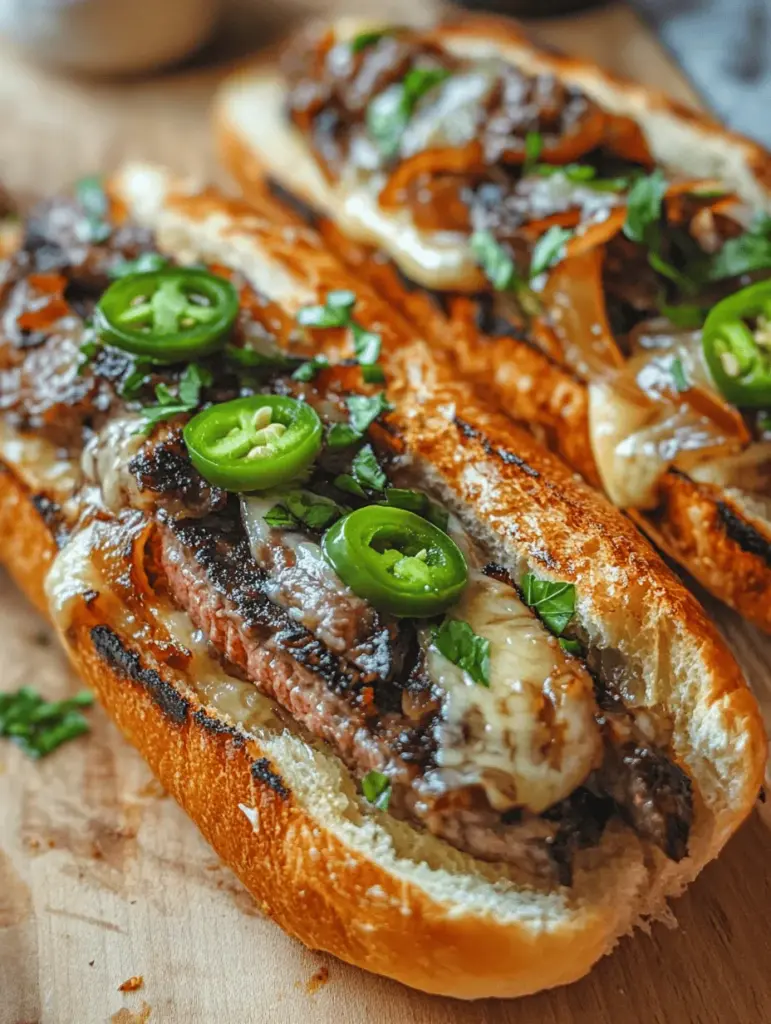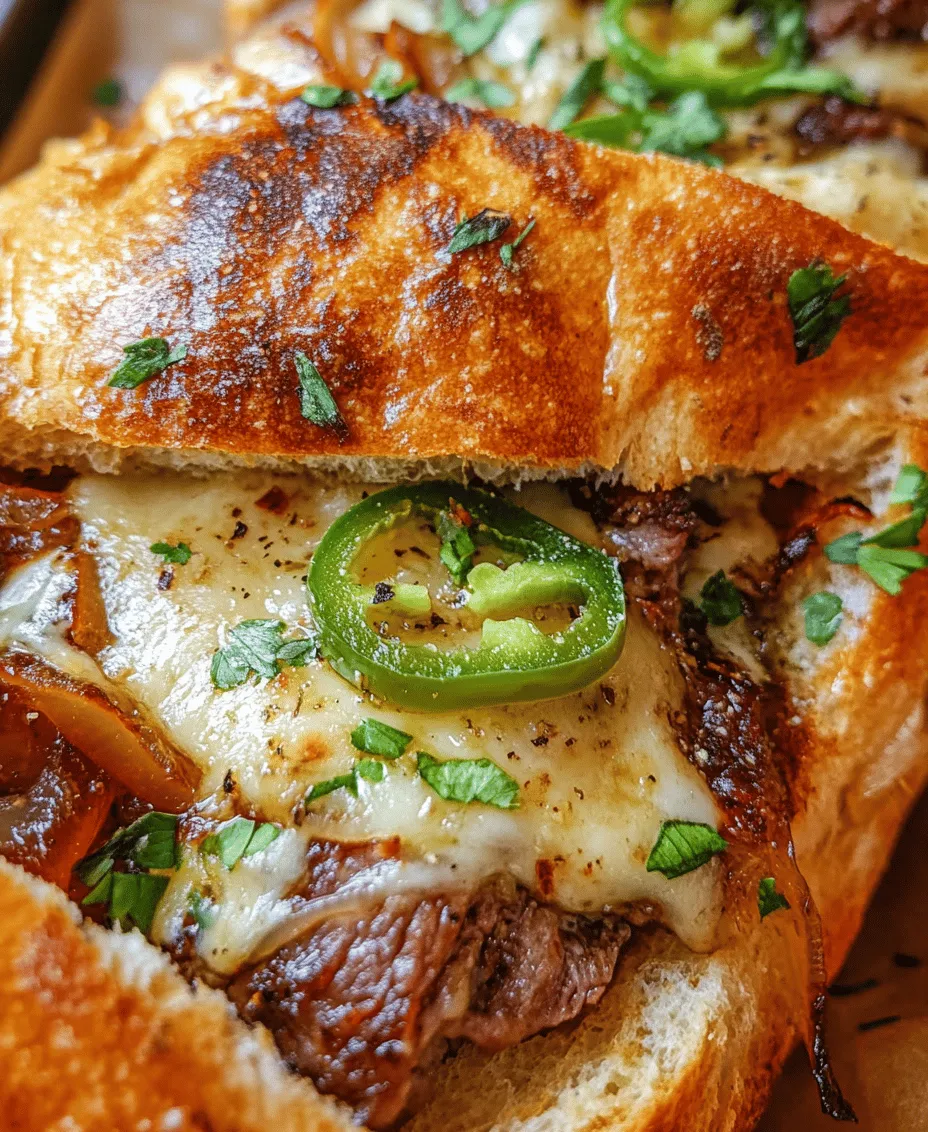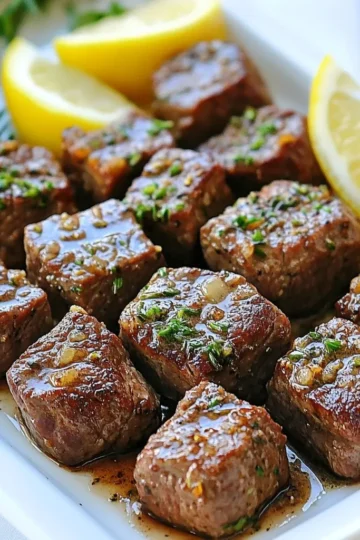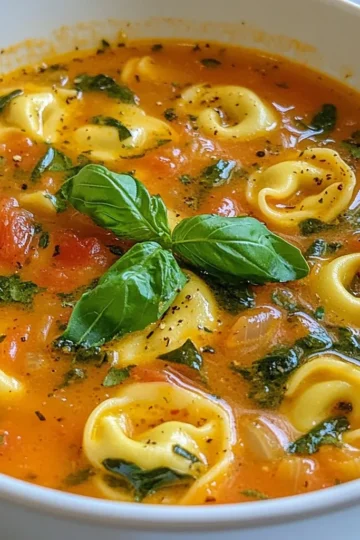Introduction
The Philly CheeseSteak Melt is a mouthwatering homage to one of America’s favorite sandwiches, the beloved Philly CheeseSteak. It combines tender slices of ribeye steak, sautéed onions and peppers, and melted provolone cheese, all nestled in a soft hoagie roll. This dish not only satisfies hunger but also evokes a sense of nostalgia, making it a staple in comfort food culture. Whether you’re enjoying it at a local diner or making it at home, the Philly CheeseSteak Melt is sure to delight your taste buds.

In this article, we will delve deep into the world of the Philly CheeseSteak Melt, exploring its rich history and cultural significance. We’ll discuss the key ingredients that make this dish stand out and provide you with step-by-step instructions on how to prepare it to perfection. Get ready to embark on a culinary journey that will elevate your cooking skills and impress your family and friends!
Understanding the Philly CheeseSteak Melt
Origin and History of the Philly CheeseSteak
The origins of the Philly CheeseSteak date back to the 1930s in Philadelphia, Pennsylvania. It is said that Pat Olivieri, a hot dog vendor, created the first CheeseSteak when he decided to grill some beef on his hot dog cart. The delicious aroma attracted the attention of passersby, and soon he was selling this new creation instead of hot dogs.
Over the years, the CheeseSteak gained popularity, leading to the establishment of iconic establishments like Pat’s King of Steaks and Geno’s Steaks. These eateries became landmarks, drawing residents and tourists alike to taste the authentic Philly CheeseSteak. The sandwich typically features thinly sliced ribeye steak, topped with sautéed onions, and melted cheese, served on a long hoagie roll.
The Evolution of the CheeseSteak into the Melt Version
While the classic Philly CheeseSteak remains a beloved favorite, the CheeseSteak Melt is a delicious variation that has gained traction in home kitchens and restaurants alike. The Melt version takes the traditional sandwich and elevates it by focusing on the cheese melting process, creating a gooey, indulgent experience. The addition of caramelized onions and bell peppers enhances the flavor profile, making it a more complex dish.
This evolution reflects the adaptability of the CheeseSteak, showcasing how this classic can be reimagined to suit different tastes and preferences. The Philly CheeseSteak Melt stands as a testament to the creativity of home cooks and chefs who are eager to put their spin on a time-honored recipe.
Cultural Significance in American Cuisine
The Philly CheeseSteak, and by extension the CheeseSteak Melt, holds a special place in American cuisine. It embodies the spirit of Philadelphia and serves as a symbol of the city’s rich culinary heritage. Beyond its geographical ties, this dish represents the American love for hearty, satisfying meals that bring people together.
In recent years, the Philly CheeseSteak Melt has gained national attention, appearing in food festivals, gourmet restaurants, and even food trucks across the country. Its cultural significance continues to grow as food enthusiasts explore regional specialties and share their love for this iconic sandwich, ensuring that it remains a cherished part of American food culture for generations to come.
Key Ingredients for the Perfect Philly CheeseSteak Melt
Creating a flawless Philly CheeseSteak Melt begins with selecting the right ingredients. Each component contributes to the overall flavor and texture of the dish, making it essential to choose high-quality items.
Ribeye Steak: Why It’s the Best Choice
The star of the show in any Philly CheeseSteak Melt is undoubtedly the ribeye steak. Known for its marbling and tenderness, ribeye offers a rich flavor that elevates the dish. The fat content in ribeye melts during cooking, infusing the meat with moisture and enhancing its taste. When choosing ribeye, look for cuts that are well-marbled, as this will ensure a juicy and flavorful result.
Olive Oil: Role in Enhancing Flavor
Olive oil plays a crucial role in cooking the steak and vegetables. Not only does it help prevent sticking, but it also adds a touch of flavor to the dish. The richness of olive oil complements the savory notes of the ribeye, making it a perfect choice for sautéing. For an added depth of flavor, consider using extra virgin olive oil, which has a more robust taste.
Vegetables: Importance of Onions and Bell Peppers
Sautéed onions and bell peppers are classic companions to the ribeye steak in a CheeseSteak Melt. The sweetness of caramelized onions adds a delightful contrast to the savory meat, while the bell peppers contribute a fresh, slightly crunchy texture. These vegetables not only enhance the dish’s flavor but also add a pop of color, making your Philly CheeseSteak Melt visually appealing.
Provolone Cheese: Characteristics and Alternatives
Cheese is a defining element of the Philly CheeseSteak Melt, and provolone is the traditional choice. This semi-soft cheese melts beautifully, creating that signature gooeyness that makes every bite irresistible. Provolone also has a mild flavor that complements the beef without overpowering it.
If you’re looking for alternatives, consider using mozzarella or even cheddar cheese for a different flavor profile. Each cheese brings its unique characteristics, allowing you to customize your melt to your liking.
Hoagie Rolls: Choosing the Right Bread
The choice of bread is critical for a successful Philly CheeseSteak Melt. A soft hoagie roll is the preferred option because it can hold up to the juicy fillings without becoming soggy. Look for fresh, crusty rolls that have a light chewiness. Italian or French rolls are excellent choices, as they provide the perfect balance of flavor and texture.
Optional Ingredients: Exploring the Addition of Jalapeños
For those who enjoy a bit of heat, adding jalapeños to your Philly CheeseSteak Melt can elevate the flavors even further. These spicy peppers add a kick that complements the richness of the cheese and beef. You can either sauté the jalapeños along with the other vegetables or add them fresh for a crunchier texture. Feel free to experiment with different toppings such as mushrooms or hot sauce to make the dish your own.
Step-by-Step Instructions for Making Philly CheeseSteak Melts
Now that we’ve established the importance of each ingredient, it’s time to dive into the practical steps of creating your very own Philly CheeseSteak Melt. Follow these instructions closely to ensure a flavorful and satisfying meal.
Preparing the Steak
Start by slicing the ribeye steak into thin strips. The key to a tender melt is ensuring that your meat is cut against the grain, which helps to break down the muscle fibers. If you find it challenging to cut the meat thinly, consider placing the steak in the freezer for about 30 minutes before slicing; this will firm it up and make it easier to handle.
Once sliced, season the ribeye generously with salt and pepper. You can also add garlic powder or your favorite steak seasoning for extra flavor. Let the seasoned meat sit at room temperature for about 15 minutes, allowing the flavors to meld.
Cooking Techniques for Optimal Tenderness
To achieve the best results when cooking the ribeye, use a hot skillet or griddle. Preheat your cooking surface over medium-high heat, adding a drizzle of olive oil just before adding the steak. The high heat will create a nice sear on the meat, locking in juices and enhancing its flavor.
Cook the steak for just a few minutes, stirring occasionally, until browned but still tender—typically around 3 to 5 minutes. Avoid overcrowding the pan, as this can lead to steaming rather than searing. If necessary, cook the steak in batches to ensure even cooking.
Sautéing Vegetables
While the steak cooks, it’s time to sauté the onions and bell peppers. In a separate skillet, heat a tablespoon of olive oil over medium heat. Add thinly sliced onions and bell peppers, seasoning them with a pinch of salt and pepper.
Caramelization is key to achieving a depth of flavor in your vegetables. Allow them to cook slowly, stirring occasionally, until they are soft and golden brown—about 10 to 15 minutes. The natural sugars in the onions will develop a sweet, rich flavor that complements the savory steak beautifully.
Importance of Caramelization for Depth of Flavor
Caramelization is a cooking technique that transforms the sugars in vegetables into a complex flavor profile. When sautéing onions, the process not only softens their texture but also enhances their sweetness. This contrast of flavors with the savory ribeye creates a balanced and delicious melt.
Tips for Achieving the Perfect Sauté
To achieve perfectly sautéed vegetables, ensure your skillet is hot enough before adding the ingredients. This helps to achieve a nice sear while preventing the vegetables from becoming mushy. Additionally, avoid overcrowding the pan, as this can lead to steaming instead of sautéing. If you have a large quantity of vegetables, consider cooking them in batches.
Combining Ingredients
Once the steak and vegetables are cooked, it’s time to bring everything together. In the skillet with the sautéed vegetables, add the cooked ribeye, stirring to combine the flavors. This melding of ingredients is where the magic happens, allowing the juices from the steak to soak into the onions and peppers, creating a savory filling.
Techniques for Melding Flavors
For the best flavor combination, allow the mixture to cook together for a few minutes over low heat. This will help the flavors to meld and create a cohesive filling for your melts. Taste the mixture and adjust the seasoning as needed, adding more salt, pepper, or even a splash of Worcestershire sauce for an extra layer of flavor.
Timing Considerations for the Best Results
Timing is crucial when preparing a Philly CheeseSteak Melt. You want to ensure that the steak and vegetables are cooked to perfection while maintaining their texture. Aim to have your steak and vegetables ready at the same time, so they can be combined while still hot.
Melting the Cheese
To finish off your Philly CheeseSteak Melt, it’s time to add the cheese. You can either layer slices of provolone directly on top of the meat and vegetable mixture in the skillet or transfer the filling to the hoagie rolls and then top them with cheese.
If you prefer a more melty experience, cover the skillet with a lid for a minute or two, allowing the cheese to melt thoroughly. Alternatively, you can place the filled hoagie rolls under a broiler for a minute to achieve a bubbly, golden finish.
Stay tuned for the next part of this article, where we will explore serving suggestions, storage tips, and answers to common questions about making the perfect Philly CheeseSteak Melt!

Importance of Covering the Skillet for Melting
When it comes to creating the perfect Philly CheeseSteak Melt, one essential technique to ensure your cheese melts beautifully is to cover the skillet while cooking. By placing a lid over the skillet, you create a steamy environment that aids in melting the cheese faster and more evenly. This method traps heat and moisture, leading to a gooey, delectable cheese that binds the sandwich ingredients cohesively. As the cheese melts, it enhances the overall flavor and texture, making each bite irresistibly creamy.
Cheese Melting Techniques for a Gooey Texture
To achieve that signature gooey texture typical of a classic cheesesteak, consider these techniques:
- Use a Combination of Cheeses: While provolone and Cheez Whiz are traditional favorites, combining cheeses such as mozzarella or sharp cheddar can add a delightful richness and complexity to your melt.
- Grate Instead of Slicing: Grating cheese increases the surface area, allowing it to melt faster and more uniformly compared to thicker slices. This technique can make a significant difference in achieving that perfect gooeyness.
- Temperature Matters: Ensure your skillet is adequately heated before adding the meat and cheese. A hot skillet allows for an immediate sizzle, helping to melt the cheese while keeping the meat juicy.
Preparing the Rolls
The foundation of any great melt is the bread, and for Philly CheeseSteak Melts, you want to choose rolls that can hold up to the hearty fillings. Opt for hoagie rolls, sub rolls, or even artisan bread that has a sturdy crust and soft inside.
To prepare the rolls:
1. Slice the Rolls: Carefully slice your rolls lengthwise, making sure not to cut all the way through. You want to create a pocket for your fillings.
2. Toasting for Texture: Lightly toast the insides of the rolls on a skillet or in the oven. This step adds a wonderful crunch and prevents the bread from becoming soggy when you add the fillings.
Best Practices for Spreading Mayonnaise
Mayonnaise can enhance the flavor of your Philly CheeseSteak Melt, balancing the richness of the cheese and meat. Here are some best practices for spreading mayonnaise:
- Use Room Temperature Mayonnaise: Cold mayonnaise can clump and not spread evenly. Allow it to come to room temperature for a smooth application.
- Spread Evenly: Use a butter knife or spatula to spread a thin, even layer on the inside of the rolls. This ensures every bite has that creamy flavor without overwhelming the other ingredients.
Alternative Spreads for a Twist on Flavor
While traditional mayonnaise is a great option, consider these alternatives for a unique twist on your Philly CheeseSteak Melt:
- Aioli: Garlic or herb-infused aioli can elevate the sandwich with additional flavor.
- Mustard: A touch of spicy or honey mustard can provide a zesty kick that pairs beautifully with the savory fillings.
- Pesto: For a fresh option, spread a thin layer of pesto inside the rolls for a burst of flavor.
Assembling the Melt
Now that your ingredients and rolls are prepared, it’s time to assemble your melt. Follow these techniques for proper layering:
1. Start with the Meat: Place a generous portion of your cooked steak mixture at the bottom of the roll. Ensure it covers the entire surface for even distribution.
2. Layer the Cheese: Add your melted cheese on top of the meat while it’s still hot, allowing it to meld into the steak.
3. Add Toppings: If you’re using sautéed onions, peppers, or mushrooms, layer them on top of the cheese. This not only adds flavor but also visual appeal.
4. Top with the Other Half of the Roll: Carefully place the top half of the roll over the fillings, pressing down gently to compact the ingredients.
Presentation Tips for an Appetizing Look
Presentation plays a crucial role in the overall meal experience. Here are some tips to make your Philly CheeseSteak Melt visually appealing:
- Cut the Sandwiches: Slice the sandwiches diagonally for an inviting presentation and easier handling.
- Garnish: Consider garnishing your plate with fresh herbs, such as parsley or chives, for a pop of color.
- Serve on a Wooden Board: Presenting the melts on a rustic wooden board can enhance the visual aesthetic and make for an engaging dining experience.
Toasting the Sandwiches
Toasting the assembled sandwiches is a critical step to ensuring they are crispy and delicious. Here’s how to achieve that perfect toast:
1. Heat a Skillet: Preheat a skillet over medium heat. If you have a panini press, this is also a great time to use it.
2. Butter the Outside: Spread a thin layer of butter on the outside of each roll. This step adds flavor and helps achieve a golden-brown crust.
3. Toast on Both Sides: Place the sandwiches in the skillet and toast until golden brown, about 3-4 minutes per side. If using a panini press, simply close and grill until crispy.
Importance of Achieving a Crispy Exterior
A crispy exterior is essential for a satisfying bite. The contrast between the crunchy crust and the gooey filling creates a delightful texture that enhances the overall experience.
Avoiding Sogginess in the Bread
To prevent sogginess, consider these tips:
- Don’t Overfill: While you want your melt to be deliciously packed, overfilling can lead to excess moisture which makes the bread soggy.
- Toast the Rolls: As mentioned earlier, toasting the insides of the rolls helps create a barrier against moisture.
- Serve Immediately: Enjoying your melts right after toasting will ensure you experience that perfect crunch.
Serving Suggestions and Pairing Ideas
A Philly CheeseSteak Melt is a filling dish that pairs well with various sides and beverages. Here are some ideal serving suggestions:
Ideal Side Dishes to Serve with Philly CheeseSteak Melts
- Classic Fries and Their Variations: French fries are a classic pairing. You can opt for regular fries, sweet potato fries, or even loaded fries topped with cheese and bacon.
- Salads That Complement the Richness of the Melt: A simple side salad with a light vinaigrette can balance the richness of the melt. Consider a Caesar salad or a mixed greens salad with a citrus dressing.
Beverage Pairings that Enhance the Meal Experience
- Soft Drinks: Traditional cola or root beer can provide a classic pairing with the savory flavor of the melt.
- Beers: A light lager or amber ale complements the richness of the cheese and meat beautifully. For a twist, try a hoppy IPA to contrast the flavors.
- Other Beverages: Iced tea or lemonade can serve as refreshing non-alcoholic options, enhancing the meal experience.
Nutritional Information
Understanding the nutritional content of your Philly CheeseSteak Melt can help you make informed choices. Here’s a breakdown of calories and macronutrients per serving:
- Calories: Approximately 600-800 calories per melt, depending on ingredients and portion sizes.
- Macronutrients:
- Protein: 30-40g
- Carbohydrates: 50-60g
- Fats: 25-35g
Discussion of Dietary Considerations
For those with dietary restrictions, consider these options:
- Gluten-Free Options: Substitute the rolls with gluten-free bread or lettuce wraps for a lighter choice.
- Lower Calorie Variants: Use lean meats and low-fat cheeses to reduce calorie intake while still enjoying the melt.
Variations and Customizations
One of the best aspects of a Philly CheeseSteak Melt is its versatility. Here are some variations and customizations to consider:
- Exploring Different Meats: Experimenting with chicken, turkey, or even plant-based proteins can provide a different flavor profile while maintaining the melt’s essence.
- Cheese Alternatives for Different Flavor Profiles: Use cheeses like Monterey Jack, gouda, or pepper jack for a unique twist.
- Vegan Adaptations for a Plant-Based Diet: Substitute meat with mushrooms or seitan, and use vegan cheese options to create a plant-based version of the melt.
Conclusion
The Philly CheeseSteak Melt stands out as a beloved dish for its combination of flavors, textures, and the joy of sharing a hearty meal with friends and family. Whether you stick to the classic recipe or decide to experiment with different meats, cheeses, and toppings, this melt is a canvas for creativity in the kitchen. We encourage you to take the time to personalize the recipe to suit your taste preferences and dietary needs.
Cooking is not just about following a recipe; it’s about the joy of experimentation and the happiness that comes from sharing food with loved ones. So roll up your sleeves, gather your ingredients, and embark on a delightful culinary journey with your Philly CheeseSteak Melt. Enjoy every bite and the memories created around the table.







Leave a Reply